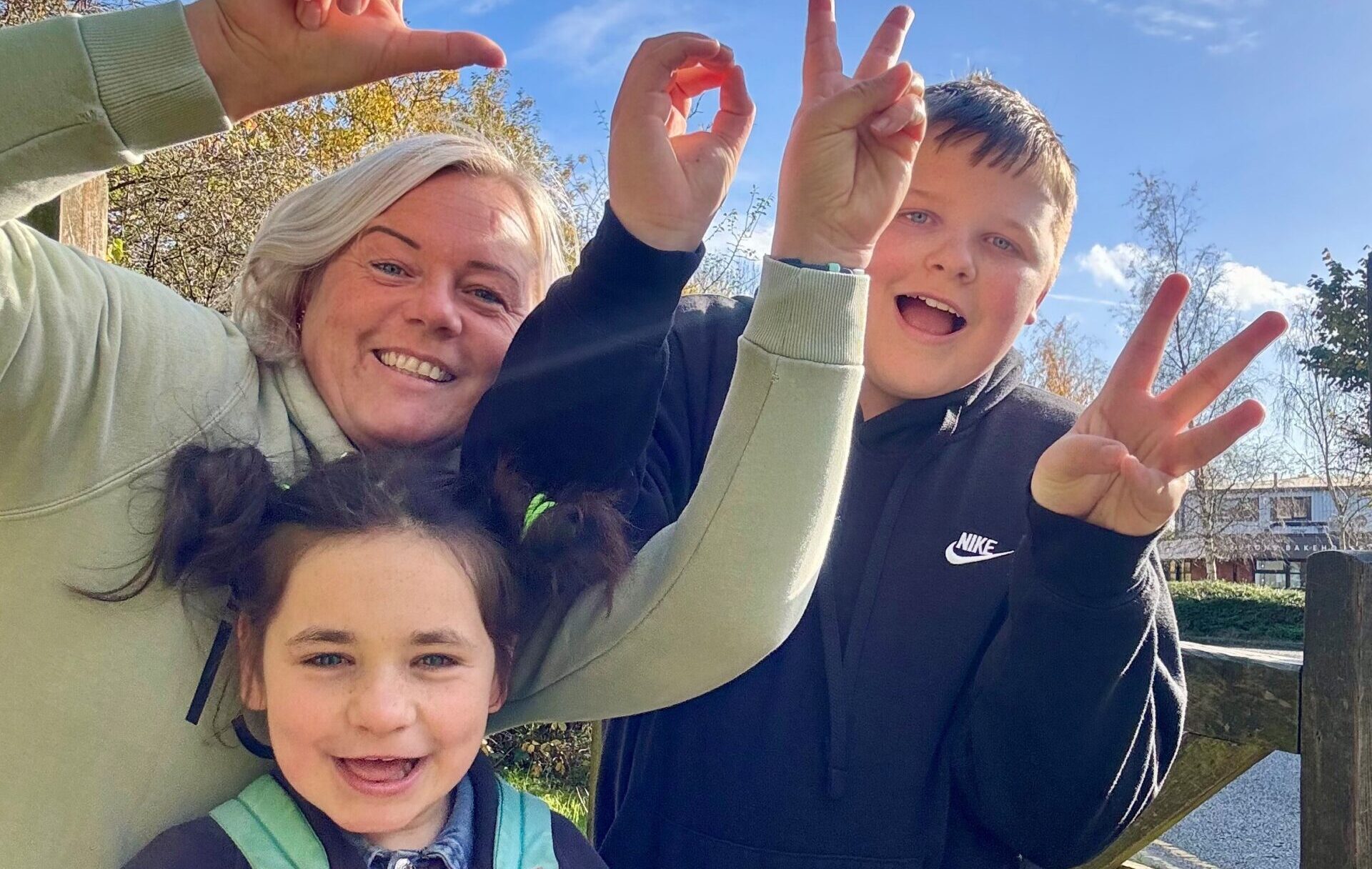Almost 1/3 families with disabled children live in unsuitable homes
4 mins read
Monday 16 December 2024
Almost a third (30%) of families with a disabled child live in a home that does not meet the needs of their child.
Of those, 48% say their home worsens their child’s condition or puts them at risk. 43% say it needs adaptations.
These are new housing statistics, from our Counting the Costs survey of 4,262 UK families of with disabled children, published for the first time by the BBC this weekend.
Damp, overcrowding and poor access among issues
There are many reasons why families’ homes do not meet their disabled child’s needs:
- 32% damp, mould and poor ventilation.
- 31% overcrowded.
- 30% not enough bedrooms, so share rooms, sleep on sofa.
- 22% dangerous – balcony, stairs, open plan kitchen.
- 20% poor wheelchair access to get in or around property.
We heard from families carrying older children and teenagers with physical disabilities up and down stairs; parents sharing beds with neurodiverse children who desperately need space to regulate; and children with neurodevelopmental conditions being bumped downstairs in buggies or wheelchairs due to a broken lifts or lack of ramps.
Adaptations process not meeting household needs
Many families with disabled children need adaptations to their home. Despite this, more than a quarter (27%) of all families surveyed are not aware of the Disabled Facilities Grant, available from the council to help pay for building works, ramps, hoists. Only 12% have applied. Of the families who did apply, 43% found the process poor or very poor. Over half (57%) said the grant did not cover the full cost of the adaptations needed.
The average shortfall was £7,391. To find that money, a third (35%) had to borrow or take a loan. 30% used their savings, but more than a quarter (26%) had to do without or scale down the adaptations they really needed.
Anna Bird, CEO of Contact, said: “Poor housing is having a devastating impact on the lives of families with disabled children across the UK. The risks and dangers of some of the homes is truly staggering.”
“I feel trapped in a house that is unsafe”

Nathalie Cain from Preston is mum to James, 13, and Penny, nine. Penny has a rare genetic condition TBL1XR1 (fewer than 100 people diagnosed globally). She has a learning disability, sleep difficulties, she is non verbal and has an autism diagnosis.
Nathalie said: “I feel trapped in a house that is unsafe for my daughter to live in. Penny’s condition means she has no sense of danger, so leans forward as she walks down stairs. She has fallen from the top to the bottom and I’m terrified it will happen again. We’ve been assessed as needing a house with level access, but the only bungalows available are for over 55s. We’ve been high priority for a move since April but not offered one suitable property in that time.
“Despite the risk identified on the stairs for Penny, we are still having to go up and down them everyday. As she gets bigger and stronger the risk increases. She is also still in nappies. At the moment I either change her on her bedroom floor or during the day on the front room floor, which is totally unsuitable.”
Contact calls for Disabled Facilities Grant reform
In response to the findings, we are calling for:
- An increase in the upper limit of the Disabled Facilities Grant by at least £8,000 to cover the average shortfall families are experiencing. Local authorities must promote the grant widely. The application process must be sped up by making local authorities accountable for delays.
- Council banding reviews to be inclusive of disabled children. They must include mental health needs, autism and learning disability as well as physical needs.
- Improved understanding of what accessibility looks like to different disabled children among housing officers. A one size all approach does not fit. A family with a child who has epilepsy may want open plan to keep a close eye at all times. But a family with a child with autism will not want open plan, due to dangers of easy access to the kitchen.
- Amendment of overcrowding rules when households include someone who is neurodiverse because research shows it worsens their condition.
- Council local plans to include more accessible housing in a broad sense. There is a rising special educational needs and disabilities (SEND) population. Housing for disabled children/adults is going to become more imperative.
Related information

Home adaptations
An adaptation is a change made to your home to make it more accessible and safer for a disabled person.
Find out more
Aids & equipment
Caring for a disabled child can sometimes become easier with the use of certain aids and equipment. Getting the right equipment early will help your child’s development and confidence.
Find out more